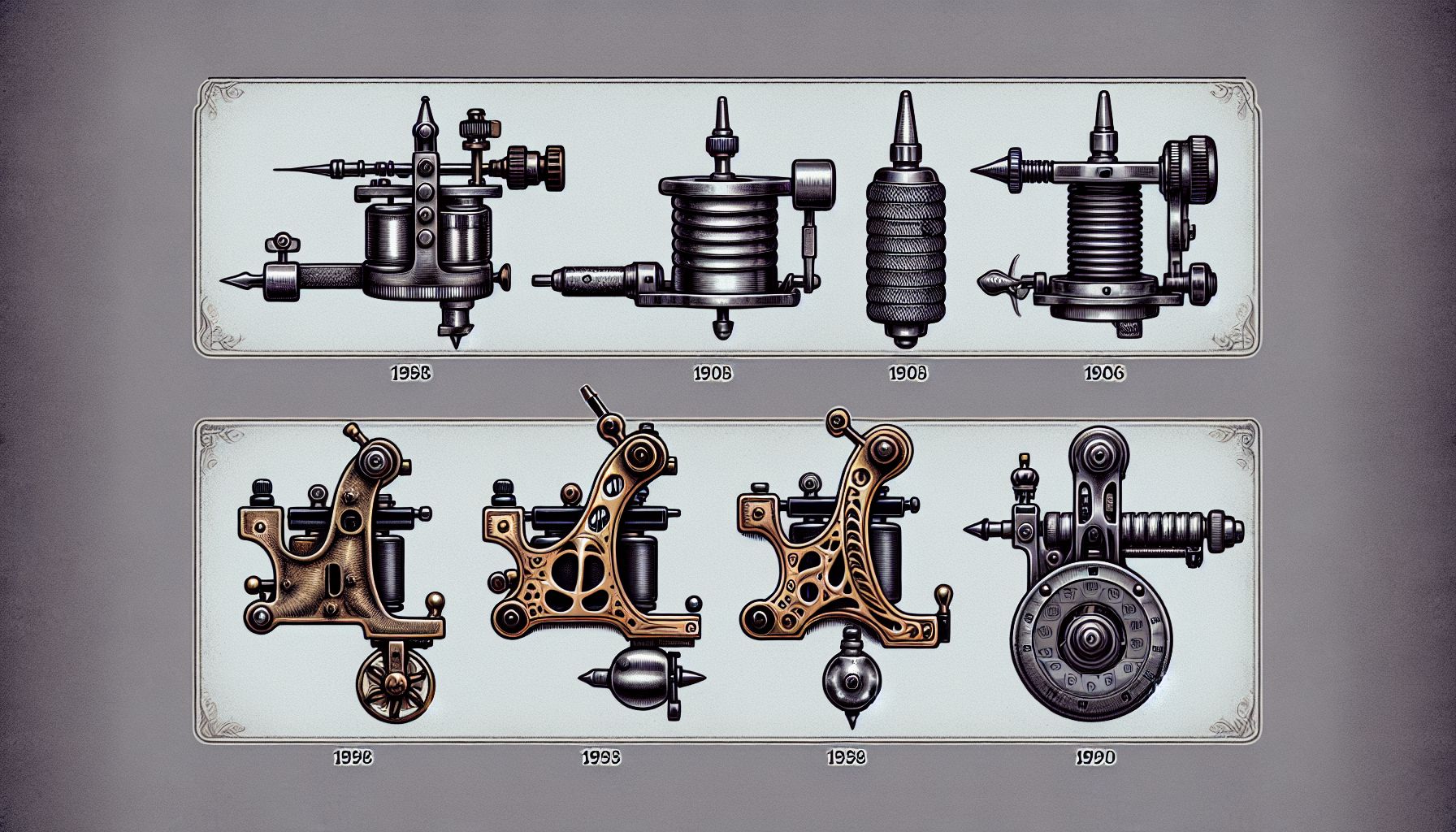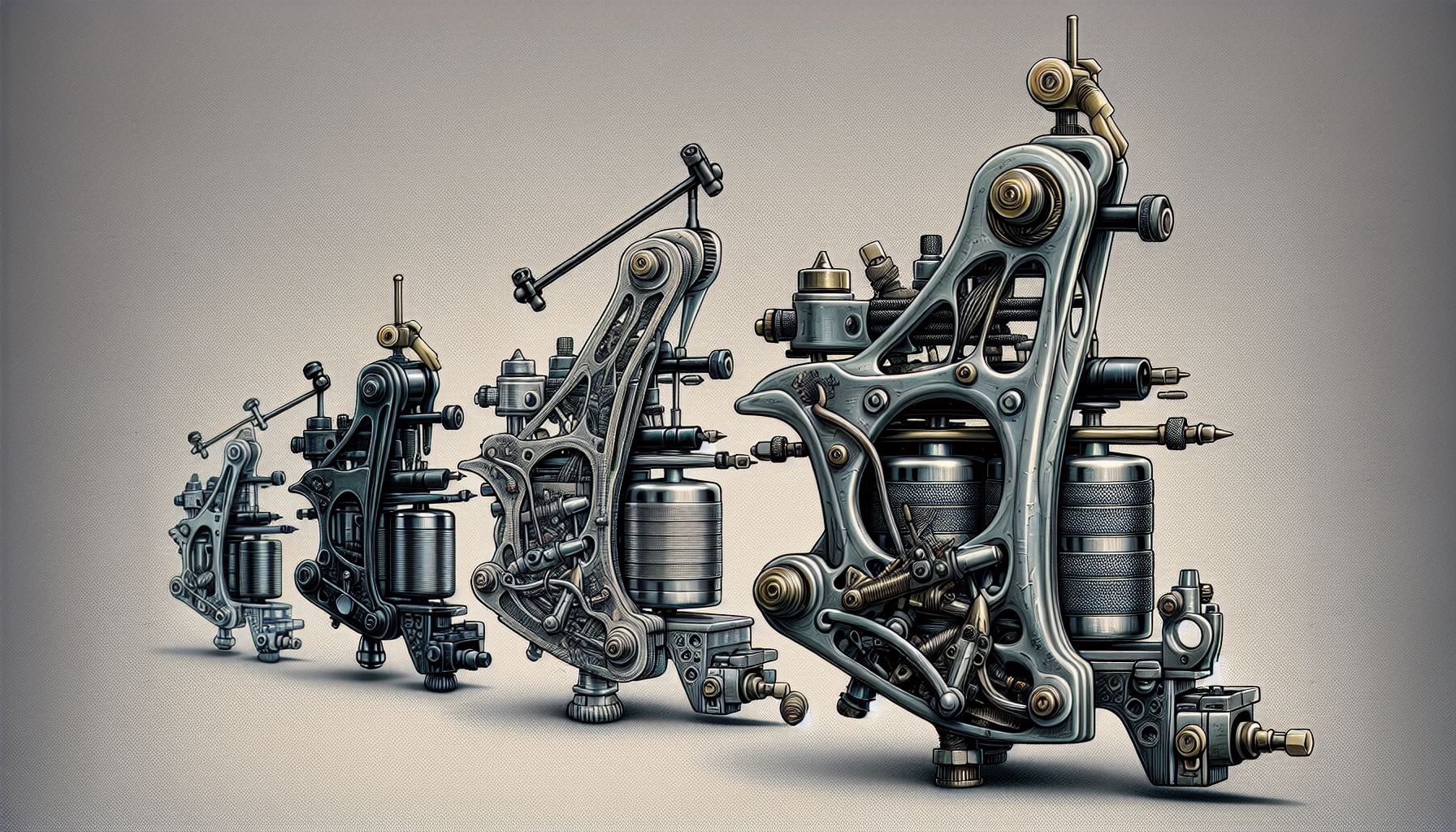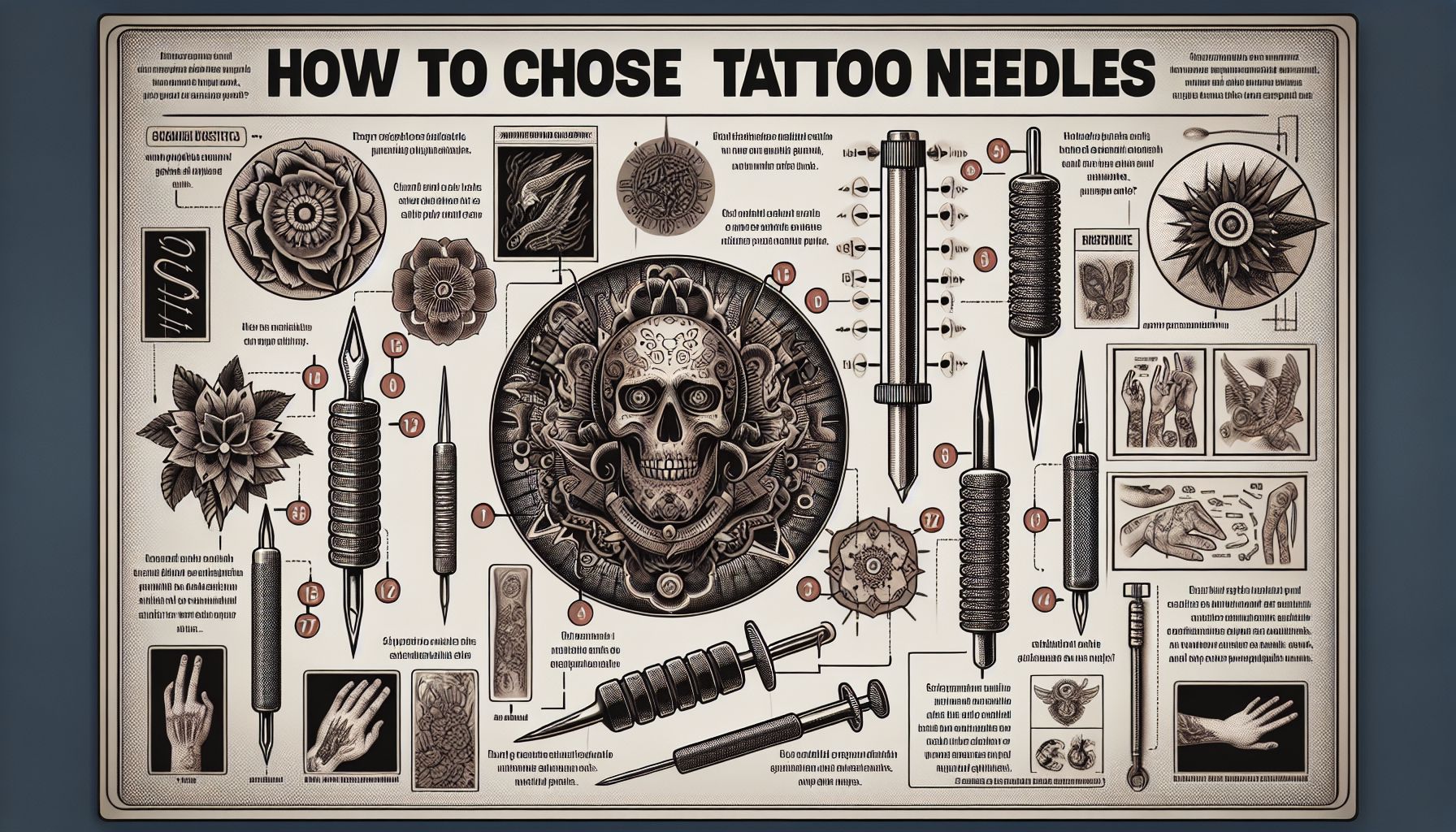Tattooing has come a long way from its ancient origins, and so has the equipment we use. Today, I want to focus on an essential component of any tattoo artist’s arsenal: the tattoo machine. As someone who has navigated the twists and turns of the tattoo world, I’ve witnessed the evolution of tattoo machines firsthand, from their early prototypes to the sophisticated devices we use today.
Tattoo machines are the workhorses of our industry, the paintbrush with which we create our living art. Whether you’re a seasoned artist or a newcomer, understanding these tools deeply can refine your technique and inform your choices when stocking up on tattoo supplies.
The Humble Beginnings
The first tattoo machine was patented by Samuel O’Reilly in 1891, inspired by Thomas Edison’s electric pen. This moment marked a shift from hand-tapping methods to a mechanized process, laying the foundation for the future. Early machines were clunky and simple—nothing more than modified doorbells set into a tube frame, but they were revolutionary, nonetheless.
The Rise of Modern Machines
Fast-forward through decades of innovation, and we reach the current landscape of tattoo machines—diverse, highly specialized, and more efficient than ever. It’s here where my personal journey intertwines with the industry’s. I recall the early days of my career, with the buzzing coil machines that were as temperamental as they were charming. They required constant tuning and tinkering, teaching me patience and technical diligence.
Coil machines, though, haven’t been cast aside. They’ve been refined and remain popular due to the unique “give” and tactile feedback they provide, allowing for a very controlled, traditional approach to tattooing.
However, rotary machines have since surged in popularity. They’re engineered to be quiet and low-vibration—”stealthy” workhorses. I can vouch for their versatility, having used them for everything from fine lines to shading to packing in color, all the while marveling at how light and comfortable they are to hold, even during long sessions.
The Tech Boom in Tattoo Supplies
Enter the 21st century—a time where technological advancements have propelled tattoo supplies to new heights. We’re now seeing machines with adjustable give, hybrid designs, and even wireless operations. This tech boom has not only expanded the artist’s toolbox but has also given rise to the more informed and selective purchasing of tattoo supplies.
A memorable leap was the introduction of the cartridge needle system, a game-changer in terms of convenience and hygiene. I remember the shift from individual needles and tubes to cartridges being a divisive moment in the community—some saw it as an unnecessary expense, while others, including myself, saw the immense time-saving and safety benefits.
Choosing Your Tattoo Machine
Deciding on the right tattoo machine can be a profound expression of your craft. Here’s my advice: Consider the type of work you do most—details, lines, shading, or coloring. Coil machines are renowned for their line work, while rotaries excel at shading and coloring.
Look for renowned brands—a reputable manufacturer usually means a dependable machine. I’ve stuck with brands that value quality and consistency because, in the end, that’s what your clients experience on their skin.
The Importance of Quality Ink
While discussing tattoo machines, it’s impossible not to touch upon the bloodline of any tattoo—the ink. Quality ink is paramount, affecting everything from the vibrancy and longevity of a tattoo to the safety and comfort of the client. Throughout my career, I’ve experimented with different brands, mixes, and pigments, learning that investing in top-tier ink is a non-negotiable aspect of responsible artistry.
Aftercare and Maintenance
Your machine is only as good as the care you put into it. Regular cleaning, proper sterilization (especially for parts that come into contact with the client), and routine check-ups for any wear and tear will extend the life of your machine immensely.
Conclusion
Selecting tattoo supplies, especially your machine, is a deeply personal and technical choice. It’s a reflection of your artistry and commitment to the craft. From the buzzing weight of a coil machine to the whispering swipe of a rotary, the choice shapes your technique and the comfort of your work sessions.
In the end, it’s about the harmony between artist and tool—the perfect machine feels like an extension of your hand, translating your vision onto skin with precision and grace. I encourage all artists to explore, experiment, and evolve alongside their machines, for they are not just tools, but partners in the dance of creating lasting art.



